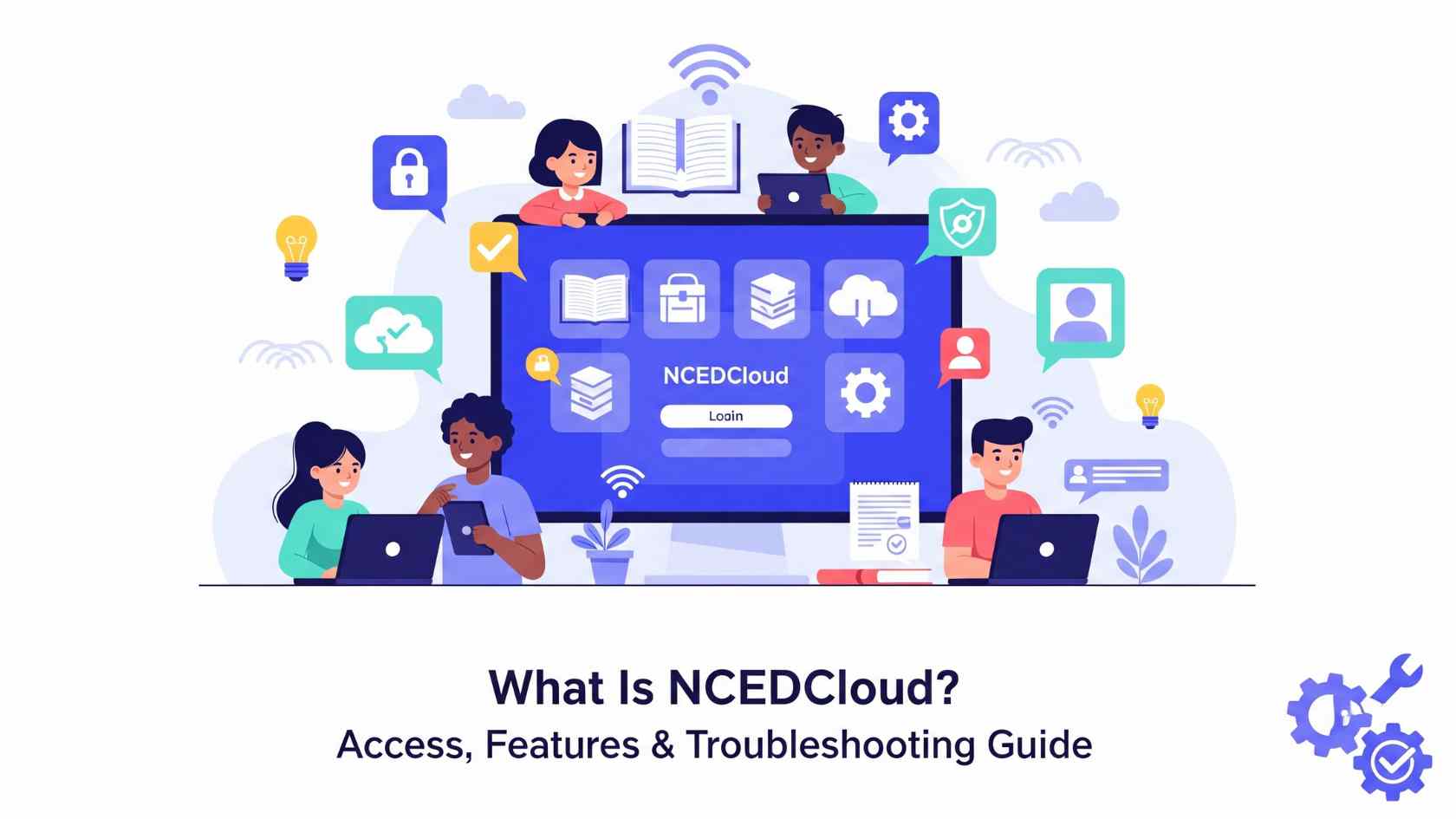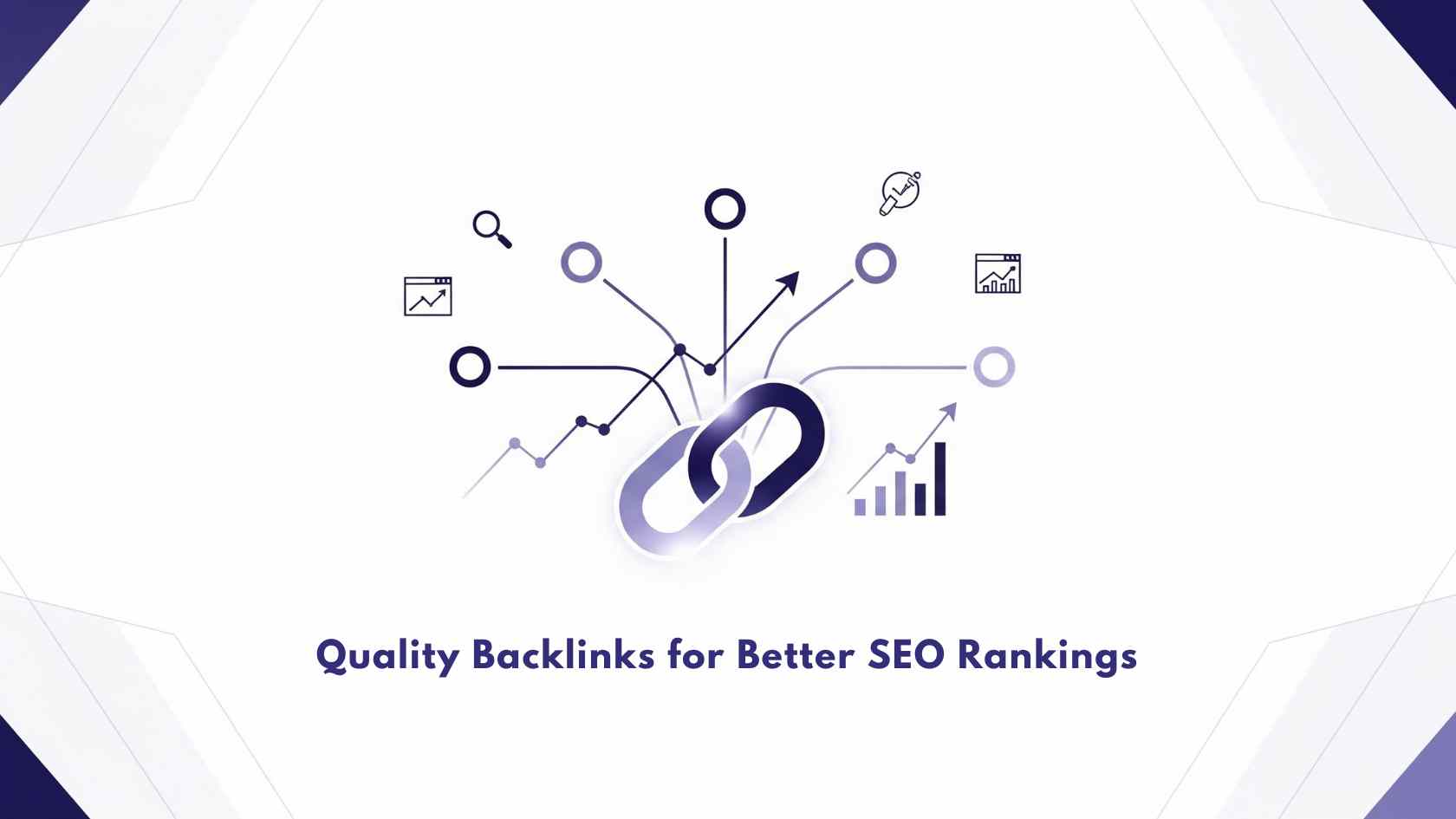In the crowded world of SaaS tools and startup hype, it’s rare to find one that knows exactly who it’s built for. OKRs Tool does. From Tallinn, Estonia, this lean goal-setting platform is made for small, scrappy teams running SaaS or tech businesses.
Founder Steven Macdonald built it to help those teams stay aligned, move fast, and avoid the growing pains of scaling.
We spoke with Steven about the shifting priorities of startup life, bootstrap lessons, and how OKRs Tool plans to stay relevant in the SaaS stack.
OKRs Tool Built for Startups, Not Enterprises
From the moment you chat with Steven, it’s clear: OKRs Tool isn’t built for enterprises. “I don’t want to build for big companies,” he says. “I want to build for founders who hate spreadsheets and want to see real progress.” That ethos was born from his own frustrations: trying to manage OKRs in spreadsheets, only to see alignment slip as teams grew.

“I watched features launch with zero follow-through. Teams didn’t know what mattered. The framework wasn’t failing – they were missing the right container for it,” Steven tells me.
That container is the OKRs Tool, stripped back. No flashy dashboards, no five-layer reporting – just objectives, key results, weekly check-ins, and visual cues that make goals visible at a glance. Pricing is team-based (not per seat), so your costs don’t balloon as the team scales. For many SaaS founders, that’s a practical lifeline.
The Real Problem: 10x Noise, Zero focus
Steven doesn’t believe startups fail because founders don’t work hard. They fail because they work too hard in the wrong direction. In a survey of 200+ startups, nearly 9 in 10 admitted they regretted delaying OKR adoption – saying misalignment was the root drag on growth.
That’s a narrative every SaaS founder knows: you hit 1,000 users one month, then scramble a dozen features the next, and six months later, you don’t know where the growth came from.
These tool is his answer to that. He built a system that encourages teams to pick one or two company-level goals, tie them to measurable key results, and check back weekly to course-correct. It’s discipline without stiffness.
Growth numbers are easy to brag about, but Steven is quick to point out that vanity metrics don’t tell the whole story. What he tracks most closely is retention. “Signups are nice,” he says, “but retention is everything. It means people are coming back, week after week, and using the product to actually run their business.”
Today, OKRs Tool reports 80% 30-day retention — a figure Steven sees as the strongest signal of product-market fit. “It tells me we’re not just getting attention,” he explains, “we’re driving real, lasting change inside teams.”
Staying Focused in a World of Feature Requests

Growth often breeds bloat. Users ask for every integration under the sun. But Steven is wary. “The hardest part is saying no,” he says. Each feature request splits attention, risks bloating the product, and drifts you toward the very enterprise tools you’re trying to avoid. So, OKRs Tool’s philosophy stays tight: solve for startups first.
That discipline is already paying off. Their minimal interface, focus on core value, and affordable pricing make the product stickier for SaaS teams who want speed over complexity.
What’s Next: Templates, Analytics, Automation
Looking forward, Steven’s vision isn’t about piling on features, but sharpening utility. The next wave of the OKRs Tool will include a growing template library for common startup goals, advanced analytics to spot patterns in progress, and automation to take manual updates off founders’ plates.
“The less time you spend managing your OKRs, the more time you spend actually hitting them,” Steven says. “That’s the bar for us – make the system so effortless it just runs in the background.”
Advice From The Front Lines
If you’re building a SaaS or tech startup and haven’t tried OKRs, Steven’s advice is practical: don’t overthink it. Pick one or two objectives. Make them visible. Check in weekly. That’s enough to break the spiral of busy work.
He leans in: “The earlier you adopt, the less chaos you’ll have to untangle later. In our research, delaying OKRs was a big regret for founders. Start when you’re 4–10 people. It compounds.”










